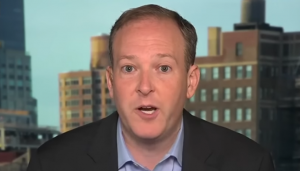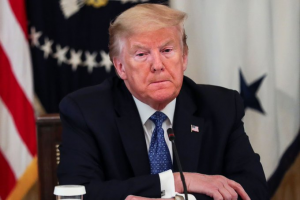The United States government may shut down for the 22nd time if the Congress fails to reach a consensus on raising the debt ceiling and fund federal agencies for smooth functioning. Some of the most longest shutdowns in US history have been the 21-day shutdown of 1995–1996 during the Bill Clinton administration and the 16-day shutdown in 2013 during the Barack Obama administration. The 35-day shutdown from midnight EST December 22, 2018, to January 25, 2019 during the Donald Trump administration was the longest shutdown in US history.
Nine executive departments with around 800,000 employees had to shut down partially or in full, with the Congressional Budget Office estimating the shutdown cost the economy at least $11 billion USD.
ALSO READ | Joe Biden, Democrats pushed to trim $3.5 trillion federal overhaul
The shutdown was prompted by an impasse over Trump’s demand for $5.7 billion in federal funds for a wall along the US–Mexico border, a major plank of his 2016 campaign.
In December 2018, the Senate unanimously passed an appropriations bill without wall funding. The bill appeared likely to be approved by the Republican-controlled House of Representatives and Trump. However, following criticism from some quarters over backtracking on his campaign promise, Trump announced that he would not sign any appropriations bill that did not fund the wall’s construction. The House passed a stopgap bill with funding for the wall, but it was blocked in the Senate by the threat of a Democratic filibuster.
ALSO READ | Biden cancels Chicago tour amid political stretch in Washington DC: Report
In January 2019, as the Democrats got a majority in the House of Representatives, the House immediately voted to approve the appropriations bill that had previously passed the Senate unanimously (which included no funding for the wall). For several weeks, Trump continued to maintain that he would veto any bill that did not fund an entire border wall. Republican Senate Majority Leader Mitch McConnell blocked the Senate from considering any appropriations legislation that Trump would not support, including the bill that had previously passed. Democrats and some Republicans opposed the shutdown and passed multiple bills to reopen the government. On January 25, 2019, Trump agreed to endorse a stopgap bill to reopen the government for three weeks up until February 15 to allow for negotiations to take place to approve an appropriations bill that both parties could agree on.
A CBS News poll found that 71% of Americans considered the border wall “not worth the shutdown.”
On February 15, 2019, Trump declared a national emergency in order to fund the wall and bypass the United States Congress, after being unsatisfied with a bipartisan border bill that had passed the House of Representatives and the Senate a day before.






